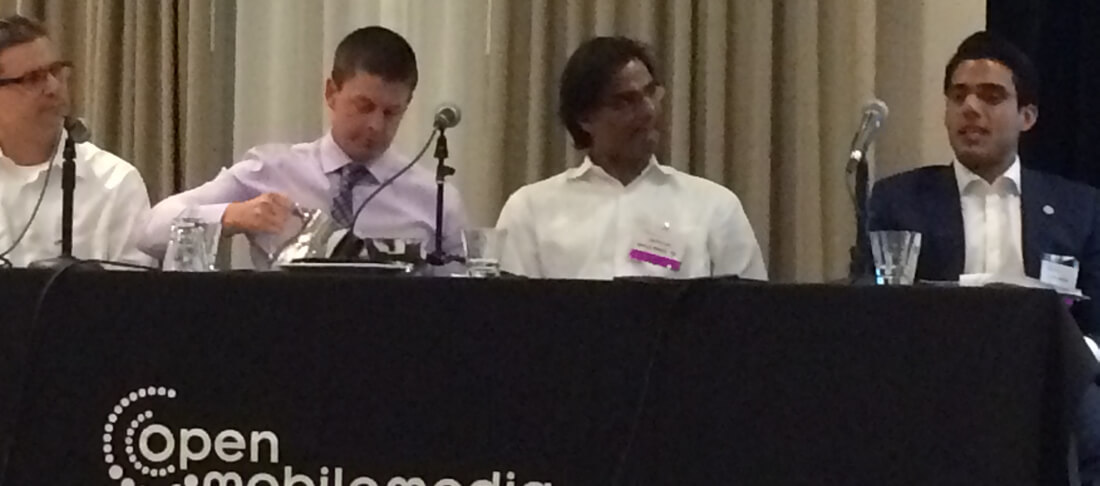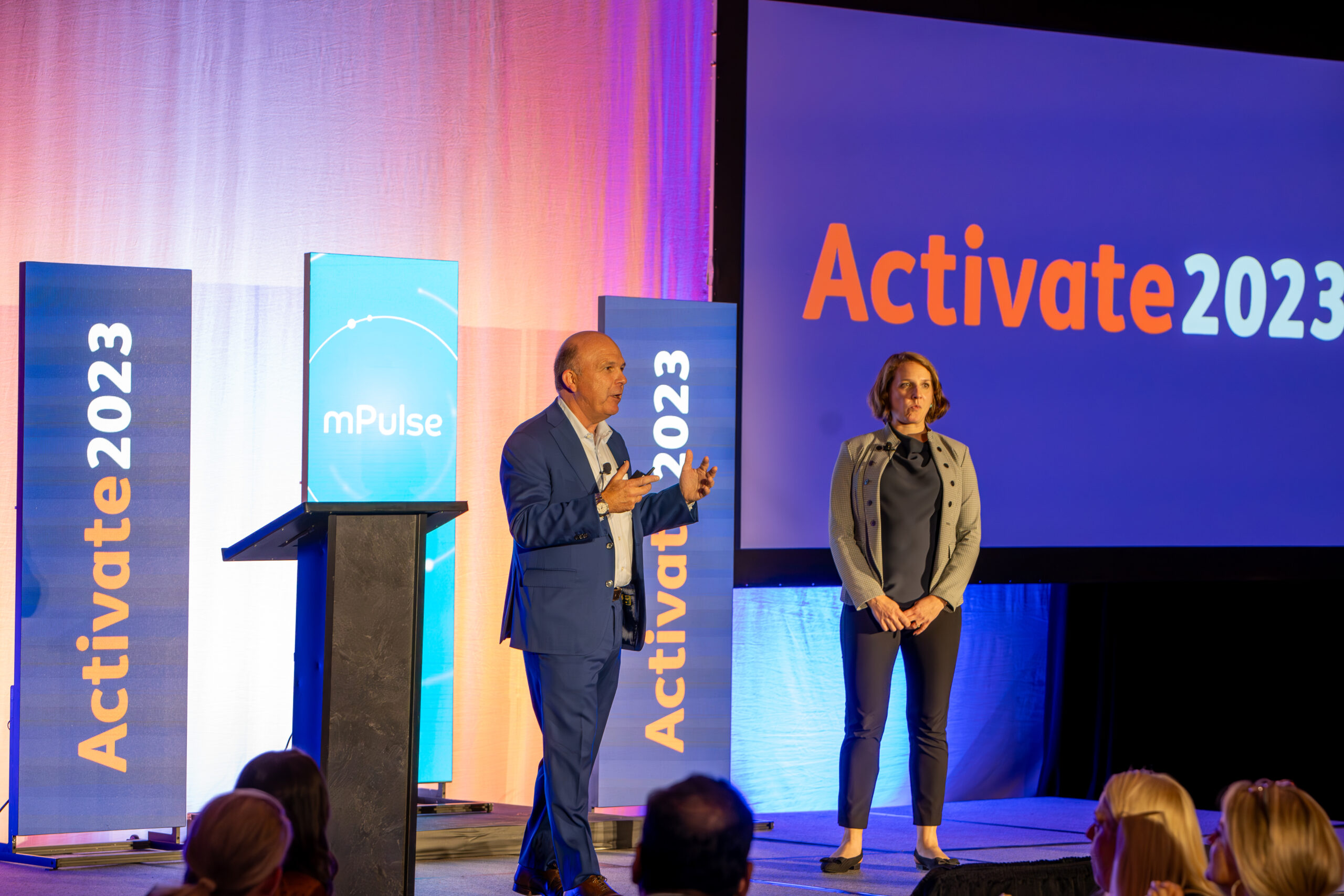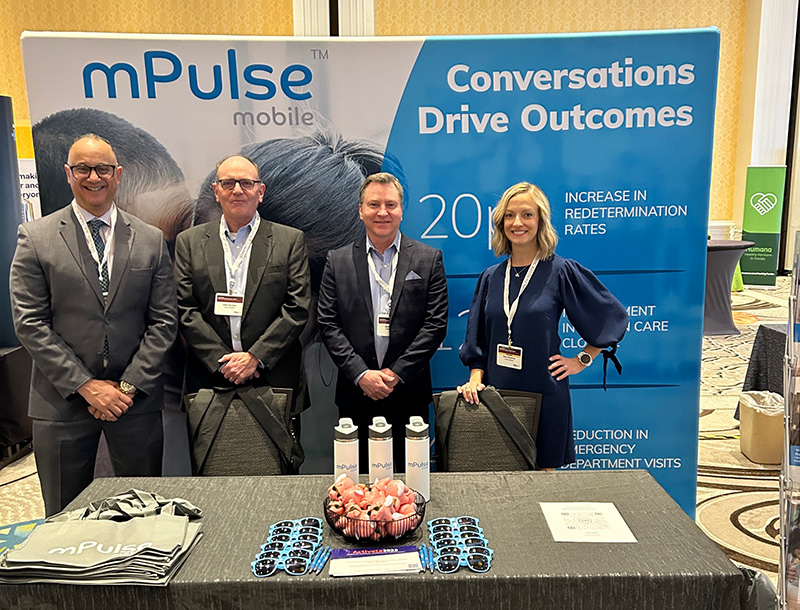Behavior change is proven to be a significant factor in improving healthcare outcomes. One study suggests that more than 50 percent of what makes us healthy is adopting healthy behaviors.
I recently had the opportunity to share my research and experience on this topic as a panelist on the “mHealth Strengthening Positive Behaviors” panel at the Connected Health Summit in San Diego. The panel focused on how we can use mobile technology to affect behavioral change in patients and drive more positive outcomes. It was a vibrant discussion, moderated by Victor Wang (GeriJoy), with fellow panelists Ashkan Afkhami (Mobiquity), Mark McCalliog (newNRG), and Greg Orr (Walgreens).
At mPulse, we are focused on developing technologies that help drive positive behavior changes among consumers, and three critical factors we focus on were also echoed across the healthcare tech community in attendance at the Connected Health Summit:
The importance of context
Our panel discussion followed one with Raphaela O’Day, behavioral scientist with Johnson and Johnson, who presented a compelling case for the use of contextual information in patient engagement.
What is context? At mPulse, we define context as an evolving picture of the person we are engaging with. Our context model starts with a simple data point – a phone number – and evolves into a rich portrait including psychographic, demographic and behavioral data. Understanding a person’s context (everything from the phone they have to the speed they are traveling, to their perception of health risk) allows us to personalize in a way that increases message relevancy. This, in turn, drives engagement.
The need to make healthcare more accessible and affordable
Another great topic that was brought up in subsequent panels focused on how we make our healthcare accessible to the lowest income population. There are two obvious drivers for this focus: 1) costs coming at a disproportionate level from lower income (and previously uninsured) populations; and 2) these populations suffer the most from chronic issues that can be mitigated or avoided by behavior change.
Mobile technology provides an opportunity to make healthcare more accessible at lower costs. Today, over 90 percent of American adults have a mobile phone. The features available through mobile – such as messaging, mobile browsers and notifications – enable providers and plans to effectively reach consumers, wherever they are, and lower communication costs across the ecosystem.
The role of cross-channel communications
Our panel touched on the importance using a cross-channel approach to communication ensuring that we have the broadest reach and the deepest engagement based on individual message content and timing. While all panelists have impressive mobile app portfolios, it was clear that using as many channels to reach the members was critical to driving positive behavior changes.
In summary, our mandate is clear: to provide healthcare stakeholders with cost-effective, cross-channel engagement solutions that harness contextual data (including psychographics, demographics and behavior) to personalize engagement flows. We now possess the computing power, data analytics and the data to make it happen. Positive behavior change is now literally at our fingertips.
Ram Prayaga is the Chief Technology Officer at mPulse Mobile.












